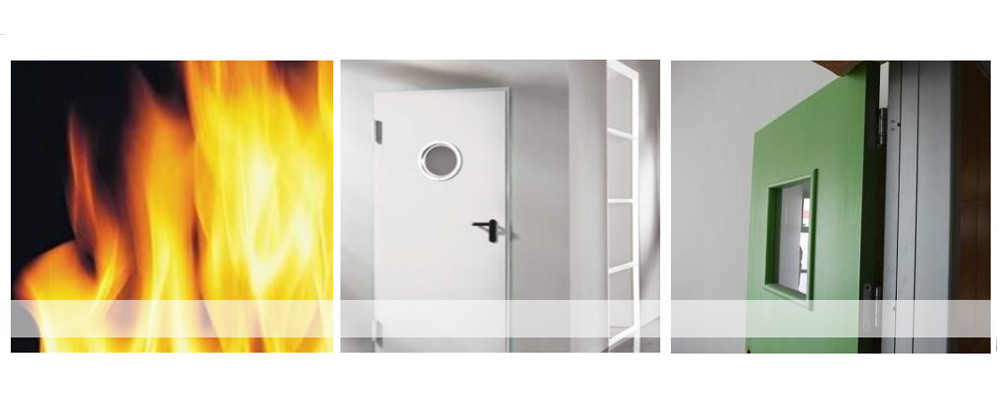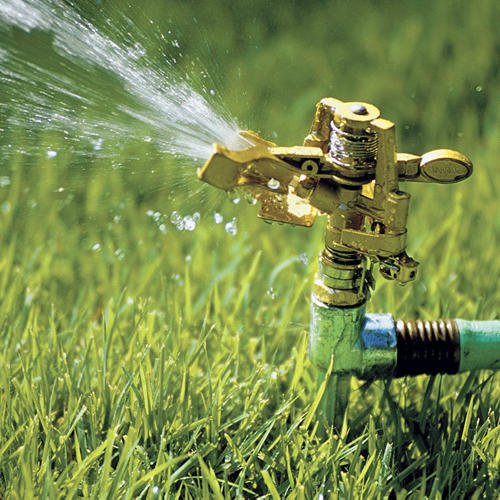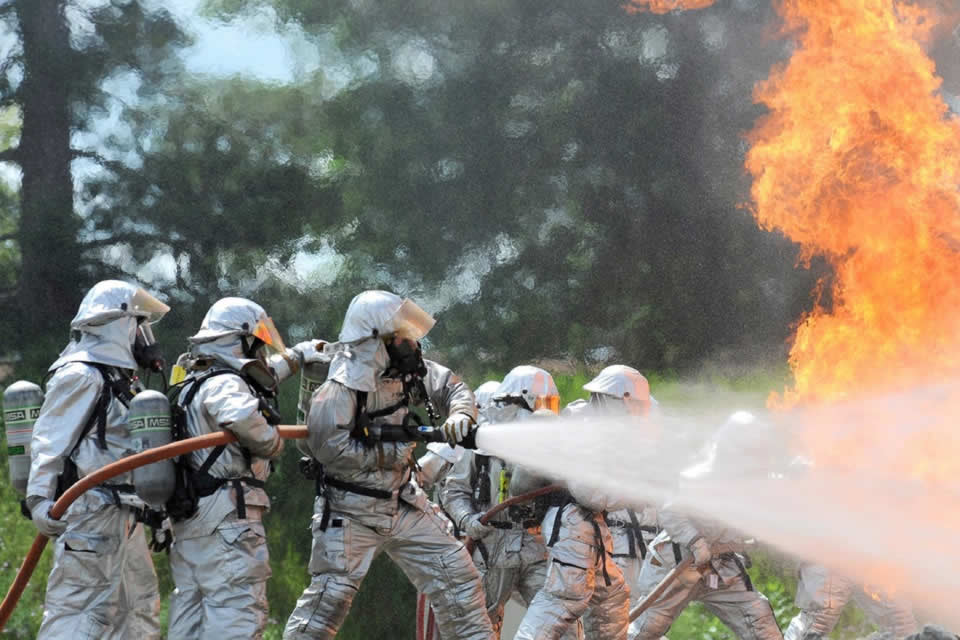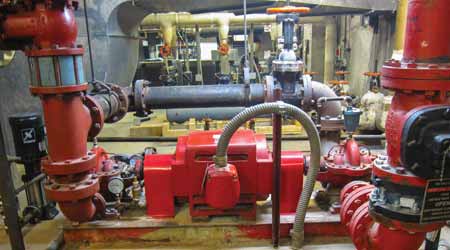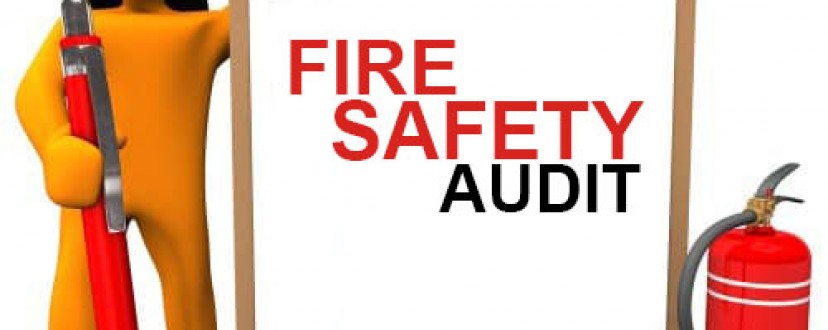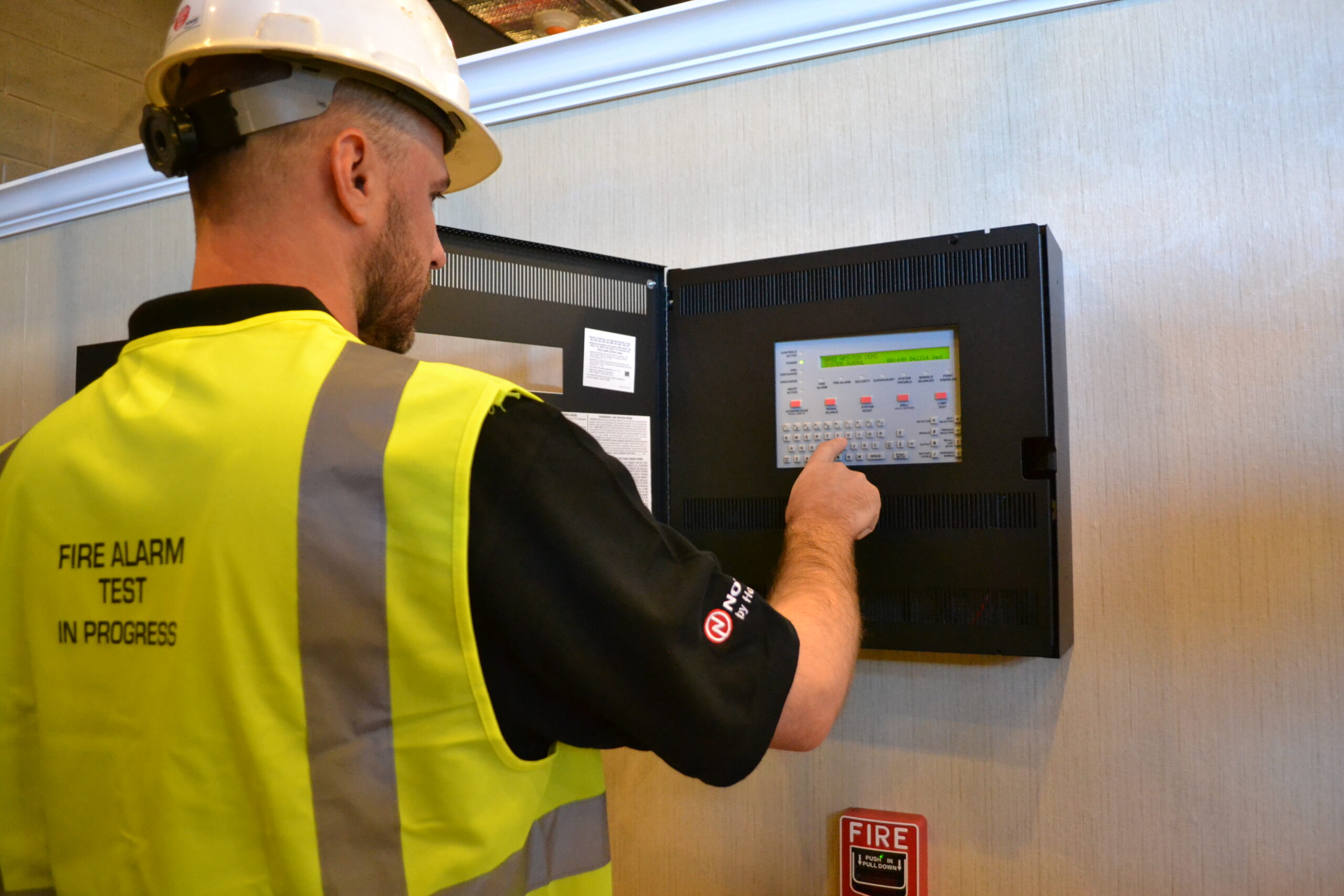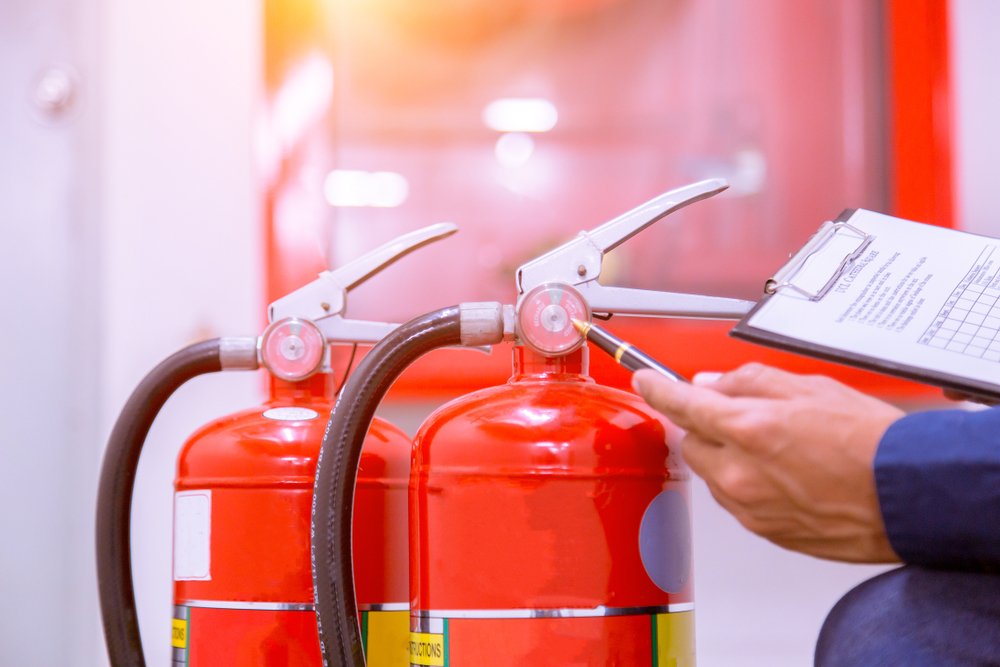
Fire protection systems emit a substance to suppress flames. The substance can vary depending on the environment being protected, and common examples include carbon dioxide, inert gas, and a variety of liquid and dry agents. This article will discuss the three main types of fire protection systems and what they do to keep an environment safe. It will also cover how to properly maintain fire suppression systems to keep them functioning effectively. For more information, contact a company that specializes in fire protection systems.
Passive fire protection
The passive fire protection system is an important component of a facility’s safety and security strategy. Fires and explosions can spread quickly in flammable hydrocarbons, so any gaps or imperfections in a structure are critical. A well-designed passive fire protection system can protect people and critical equipment from the damaging effects of a fire. Fires caused by spills of gasoline, oil, or gas can cause catastrophic damage, so it is important to consider passive fire protection for a building.
Passive fire protection systems are a vital part of any building, and are largely built into buildings. They may include fire-retardant materials, such as cinder blocks and concrete, smoke baffles, and fire doors. Smoke and fire curtains are also common passive fire protection measures. These can be combined with active systems, as they may deploy automatically after the fire is detected and become passive components of a fire suppression system.
Often, contractors fail to seal these penetrations when installing new wiring or equipment. This compromises the building’s compartmentation and can cause fire doors to shift within their frames and obstruct exit signs. Passive fire protection systems can also require regular maintenance and inspection, which means more money spent on repairs than they were originally intended to. In addition to preventing fires, passive fire protection systems can help prevent other hazards. Keeping your building and the lives of its inhabitants safe should be your number one priority.
Passive fire protection measures can also protect stairwells, ductwork, and key routes. It reduces the rate of fire spread and saves lives. These techniques are essential to limit fire’s rapid spread, which helps prevent catastrophic damage to the building and its contents. Passive fire protection measures may also prevent fire from spreading beyond the building’s perimeter, so occupants will have plenty of time to get out. Passive fire protection systems also protect critical equipment from damage caused by hot, steamy, or smoldering temperatures.
Passive fire protection can contain fire at its source, so people can escape and save their lives. By using fire-resistant materials, passive fire protection will help protect human life and limit damage to the building. Passive fire protection methods are crucial to preventing the spread of fire and minimizing the amount of downtime. If they are not used properly, passive fire protection systems can have disastrous results. However, they must comply with building codes. If you are concerned about your building’s passive fire protection, make sure to check with your local authority for a fire code.
In general, passive fire protection systems will slow down the spread of a fire, but it will not put out it completely. Passive fire protection systems can be part of a building’s fabric, or installed after construction. However, it’s crucial to make sure that passive fire protection systems are fit for purpose and tested regularly. For this reason, it’s essential to use a third-party company to test and assess the system’s effectiveness.
Post-fire smoke purge systems
A fire protection system must be capable of removing smoke and odor from the air. Smoke purge systems must be fully functional and contain manual controls. If the system is zoned, it should have individual controls for each area. There must be a sign indicating which areas are served by the smoke purge system. This sign should also include a graphic identifying the buildings served by each system. It is important that the smoke purge system’s controls are easy to reach in the event of a fire.
When selecting a post-fire smoke purge system for your fire protection system, consider the amount of smoke you want to remove. The exhaust from these systems should be vented to an outside area. This way, the smoke will not harm anyone else. You should also make sure that the exhaust is not recirculated throughout the building. For this reason, it is vital to consider the amount of smoke that is removed from the space you’re preparing to reopen.
The logic behind post-fire smoke purge systems is similar to that of stair ventilation. It uses the stairs to exhaust smoke and odor. This method does not require a smokestack on the staircase. Basically, if the staircases are not smokestacks, the ventilation system must be equipped with reversible fans that can exhaust smoke and odor outside of the building. The required duct and fan capacities are based on the area of the corridor plus the largest apartment.
Smoke is particularly hazardous during a fire. It limits visibility and complicates evacuation. Additionally, smoke contains carbon monoxide, which can make a person unconscious and even death within minutes. A post-fire smoke purge system can remove smoke from indoor spaces within minutes of a fire. While not considered a life safety system, this type of smoke purge system is still mandatory for various occupancy classifications, including multifamily residential buildings.
Automation Displays manufactures smoke purge panels that tie directly to a Building Automation System (BMS). These devices are compatible with Modbus protocols and are a cost-effective way to remove smoke from a building. Their engineers will customize the graphic of the system to match the specifications of the facility. Post-fire smoke purge panels are available in PLC and relay logic configurations. Automation Displays also offers custom-designed smoke purge panels for fire protection systems and smaller sites that do not have a building automation system.
A smoke purge system consists of a ductwork system that exhausts filtered air to the outside. Ideally, the smoke purge system will exhaust the air outside without recirculating it into the building. This system should be able to do this until the smoke and odors are gone from the air. A smoke purge system is essential to protect both the health and the safety of employees.
Preventative maintenance
There are many benefits to performing preventative maintenance on your fire protection system. By performing preventative maintenance, you will avoid undue wear and tear on your equipment. Additionally, regular inspections will ensure that problems are addressed before they become serious. Not only will regular maintenance make your building run more smoothly, it will also ensure that you have working equipment when you need it most. Fire sprinklers are inspected every five years.
Besides performing preventative maintenance, you should also schedule routine tests on fire alarms and smoke detectors to ensure that they are in good working order. Also, you should clean fire alarm sensors and smoke detectors on a quarterly basis to prevent dirt buildup. You should also ensure that fire department notifications are set up so that they are informed whenever a fire alarm is triggered. If you have multiple fire alarms installed in your building, you should have your alarms inspected by a certified professional on a regular basis.
A proactive approach to fire protection maintenance is critical for fire safety systems. The reason why preventive maintenance is so important is that most fire protection systems fail due to a lack of regular use. Preventative maintenance can help you save money in the long run and ensure your fire protection system is always working when you need it. The preventative maintenance you perform will also make sure that your building will be compliant with local regulations. And since fire safety systems do not get much use, they often go unnoticed until a disaster occurs.
Failure to perform routine inspections and maintenance can lead to significant risks. According to the National Fire Protection Association, failure to perform preventative maintenance for fire safety systems poses significant risks. The National Fire Protection Association encourages property and business owners to set and stick to maintenance schedules. Regular inspections will make fire safety systems work more efficiently, saving lives and property. And if a fire does occur, fire detection systems will alert first responders, enabling them to reach the scene as quickly as possible.
Fire safety should be the top priority for any property. Not only do regulations require that buildings provide fire protection, but also common decency requires that they do so. While installing fire alarms and sprinkler systems is a great start, you should also perform preventative maintenance regularly. In addition to regular inspections, property owners should also consider removing any decorations that block exit signs. Performing preventative maintenance will reduce the risk of fires and save money on repairs.

